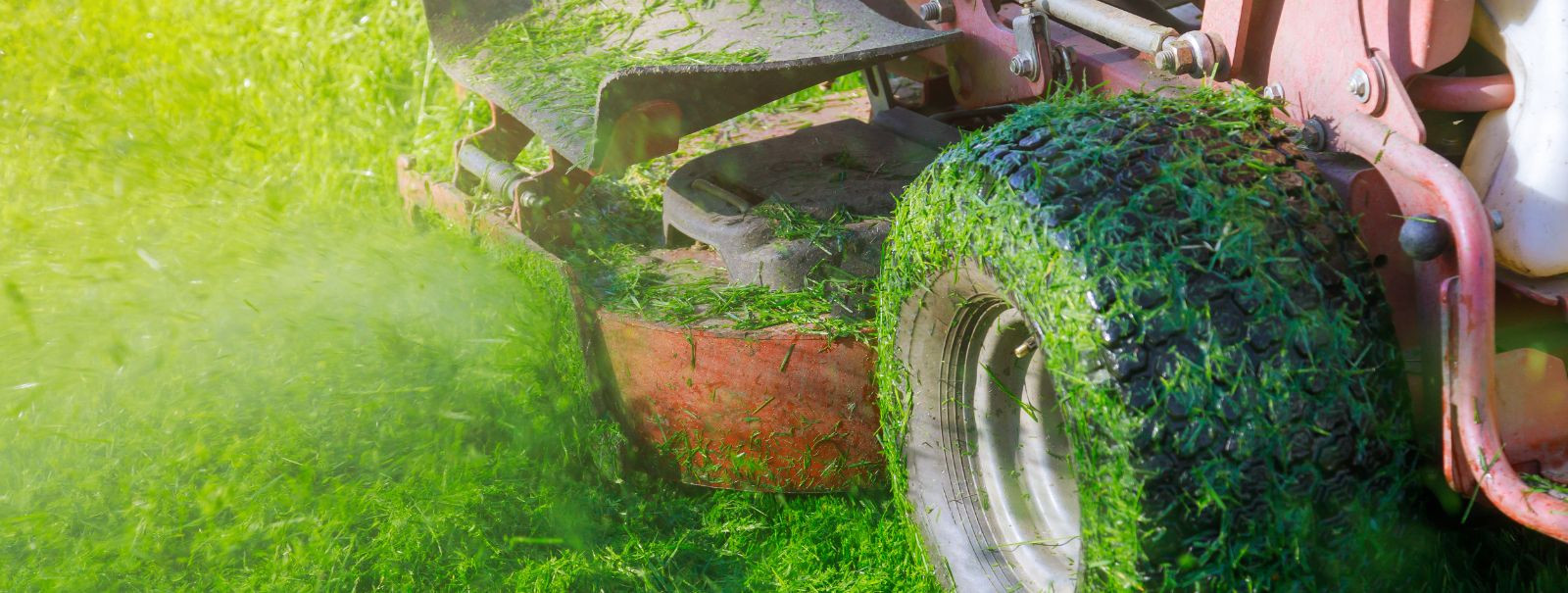Top tips for beautiful hedge maintenance
Hedges are a quintessential element of any well-maintained garden, offering privacy, aesthetic appeal, and a natural boundary for your property. Proper hedge maintenance is crucial to ensure they remain healthy, vibrant, and beautiful year-round. This guide will provide you with top tips to keep your hedges in pristine condition.
Understanding Your Hedge Type
Before diving into maintenance techniques, it's essential to understand the type of hedge you have. Different species require different care approaches.
Evergreen hedges, such as boxwood and yew, retain their foliage throughout the year. They require regular pruning to maintain their shape and density.
Deciduous hedges, like beech and hornbeam, shed their leaves in the fall. These types of hedges benefit from seasonal pruning and care to encourage healthy growth.
Essential Tools for Hedge Maintenance
Having the right tools is vital for effective hedge maintenance. Essential tools include hedge trimmers, pruning shears, loppers, and a sturdy ladder for reaching taller sections. Investing in quality tools will make the task easier and more efficient.
Pruning Techniques for Healthy Growth
Pruning is a critical aspect of hedge maintenance, promoting healthy growth and preventing disease.
The timing of pruning depends on the type of hedge. Evergreen hedges are best pruned in late spring or early summer, while deciduous hedges should be pruned in late winter or early spring before new growth begins.
When shaping your hedge, aim for a slightly tapered shape with a wider base and narrower top. This allows sunlight to reach all parts of the hedge, promoting even growth.
Fertilization and Soil Care
Healthy soil is the foundation of a thriving hedge. Regularly test your soil to ensure it has the right pH balance and nutrient levels. Apply a balanced fertilizer in early spring to support new growth.
Pest and Disease Management
Monitor your hedges for signs of pests and diseases, such as discolored leaves or unusual growth patterns. Early detection and treatment are crucial to prevent widespread damage. Consider using organic pest control methods to protect the environment.
Watering Practices for Optimal Health
Consistent watering is essential, especially during dry spells. Water deeply and infrequently to encourage deep root growth. Mulching around the base of the hedge can help retain moisture and reduce weed growth.
Seasonal Maintenance Tips
Each season brings unique challenges and opportunities for hedge maintenance. In spring, focus on pruning and fertilization. Summer is ideal for shaping and pest control. In fall, prepare your hedges for winter by removing dead or diseased branches. Winter is a time for minimal intervention, allowing your hedges to rest.
Safety Considerations in Hedge Maintenance
Safety should always be a priority when maintaining hedges. Wear protective gear, such as gloves and goggles, and ensure your tools are in good working condition. Be cautious when using ladders, and never overreach.






Kommentaarid (0)